Junkyard Find: 1972 Plymouth Satellite Sedan

Back when I bought my very first car at age 15, the fastest cars on the island were three early-70s Plymouth Satellites. They had 440s, tunnel-ram intakes with great big carbs perched way over the hoods, wild lumpy cams, unruly glasspack mufflers, and absurd 70s-style “stinkbug stance” jacked-up rears. One of them even had a big “55” with circle-and-slash emblem painted on the diff cover, complete with little spotlights to illuminate this statement at night. Rumor had it that these Satellites ran 10s at Baylands Raceway, but what they were really all about was street racing for cash. These cars were gloriously evil to the young driver of a ’69 Corona, and I’ve wanted a ’71-74 “fuselage” Satellite coupe ever since. Even though this one is a sedan, it still reminds me of the Fastest Cars In Alameda, 1981.
With a stock 318, this car was probably capable of running 17s at the dragstrip. Well, maybe not even that, if it was running at high-altitude Bandimere, where naturally-aspirated cars lose 20% of their horsepower due to lack of oxygen.
Back in the early 1970s, Detroit was very good at building big, cheap sedans with enough luxury to make drivers feel they’d hacked off a nice chunk of the American Dream. The Satellite and its competitors drank gas, but (prior to October, 1973) who cared?
The now-defunct Gates Rubber plant, where Neal Cassady toiled as a teenager, is just a few miles from this Denver self-service yard. Maybe this radiator hose was made there before the plant closed in ’96.
This car has been pretty well used up, but there are still many good parts left on it. I might go back and grab the transmission kickdown linkage for my A100 Hell Project.

Murilee Martin is the pen name of Phil Greden, a writer who has lived in Minnesota, California, Georgia and (now) Colorado. He has toiled at copywriting, technical writing, junkmail writing, fiction writing and now automotive writing. He has owned many terrible vehicles and some good ones. He spends a great deal of time in self-service junkyards. These days, he writes for publications including Autoweek, Autoblog, Hagerty, The Truth About Cars and Capital One.
More by Murilee Martin
Latest Car Reviews
Read moreLatest Product Reviews
Read moreRecent Comments
- Teddyc73 Oh good lord here we go again criticizing Cadillac for alphanumeric names. It's the same old tired ridiculous argument, and it makes absolutely no sense. Explain to me why alphanumeric names are fine for every other luxury brand....except Cadillac. What young well-off buyer is walking around thinking "Wow, Cadillac is a luxury brand but I thought they had interesting names?" No one. Cadillac's designations don't make sense? And other brands do? Come on.
- Flashindapan Emergency mid year refresh of all Cadillac models by graphing on plastic fenders and making them larger than anything from Stellantis or Ford.
- Bd2 Eh, the Dollar has held up well against most other currencies and the IRA is actually investing in critical industries, unlike the $6 Trillion in pandemic relief/stimulus which was just a cash giveaway (also rife with fraud).What Matt doesn't mention is that the price of fuel (particularly diesel) is higher relative to the price of oil due to US oil producers exporting records amount of oil and refiners exporting records amount of fuel. US refiners switched more and more production to diesel fuel, which lowers the supply of gas here (inflating prices). But shouldn't that mean low prices for diesel?Nope, as refiners are just exporting the diesel overseas, including to Mexico.
- Jor65756038 As owner of an Opel Ampera/Chevrolet Volt and a 1979 Chevy Malibu, I will certainly not buy trash like the Bolt or any SUV or crossover. If GM doesn´t offer a sedan, then I will buy german, sweedish, italian, asian, Tesla or whoever offers me a sedan. Not everybody like SUV´s or crossovers or is willing to buy one no matter what.
- Bd2 While Hyundai has enough models that offer a hybrid variant, problem has been inadequate supply, so this should help address that.In particular, US production of PHEVs will make them eligible for the tax credit.
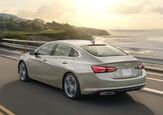

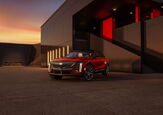
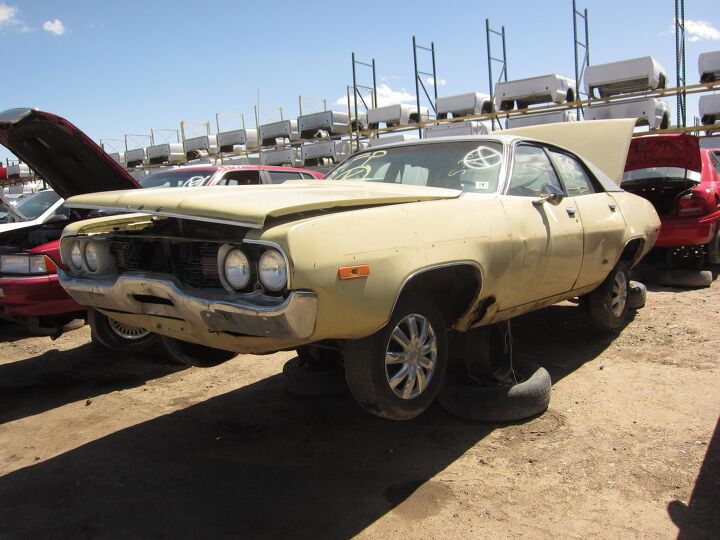


















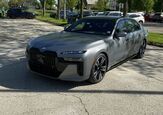











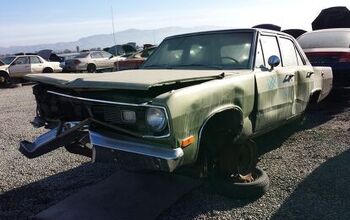
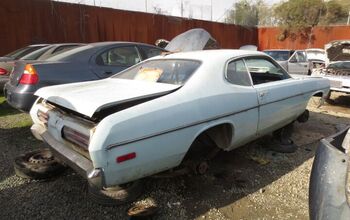
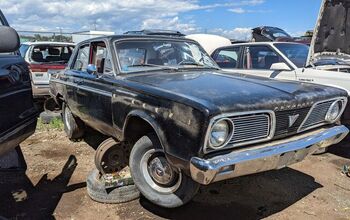
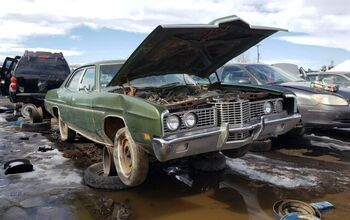
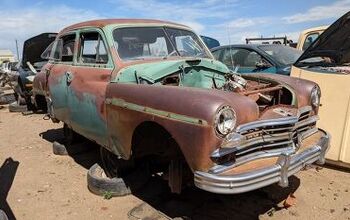
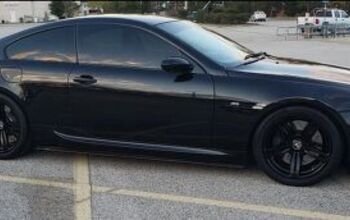
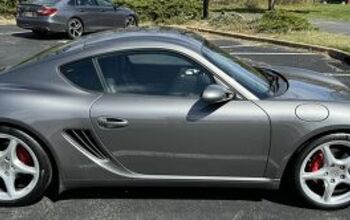

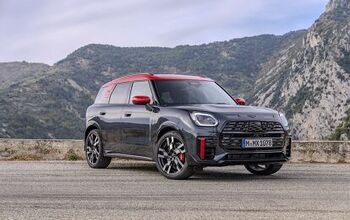
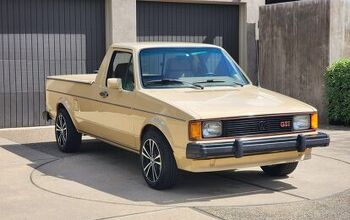
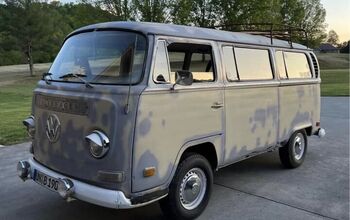
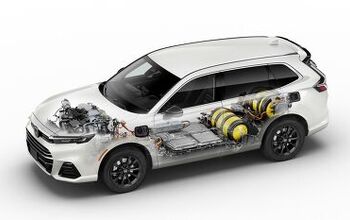
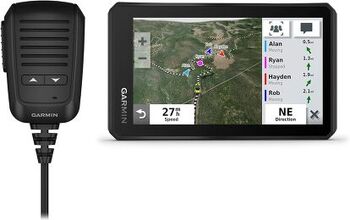
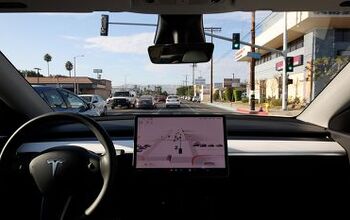
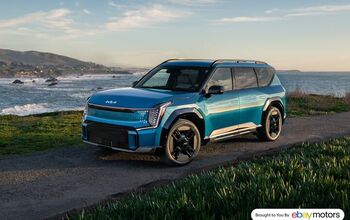
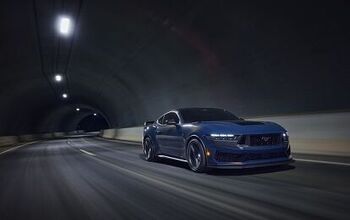
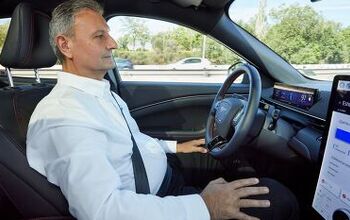
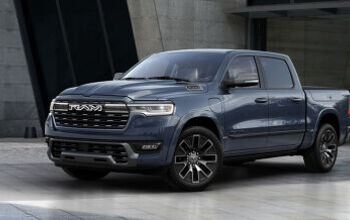
Comments
Join the conversation
Around here these were used as Sheriff's cars for several years. I remember them for the placement of the parking lamps between the headlights, notable because the change to parking lamps that ran whenever the headlights were on had just taken place. These were the only cars that had the parking lamps located that way and being as the only ones on the road were Sheriff cars it was real easy to spot one in the mirror at night and slow down/hide the whatever.
I like the speaker in the right front door. Factory?